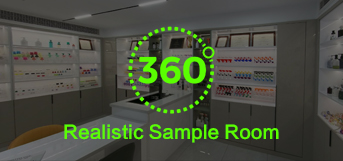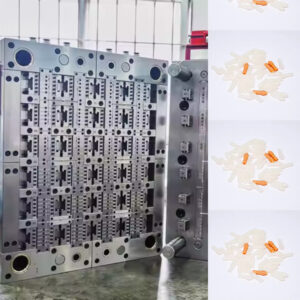Data Protection
In order to comply with data protection laws, we ask you to review the key points in the popup. To continue using our website, you need to click ‘Accept & Close’. You can read more about our privacy policy. We document your agreement and you can opt out by going to our privacy policy and clicking on the widget.















